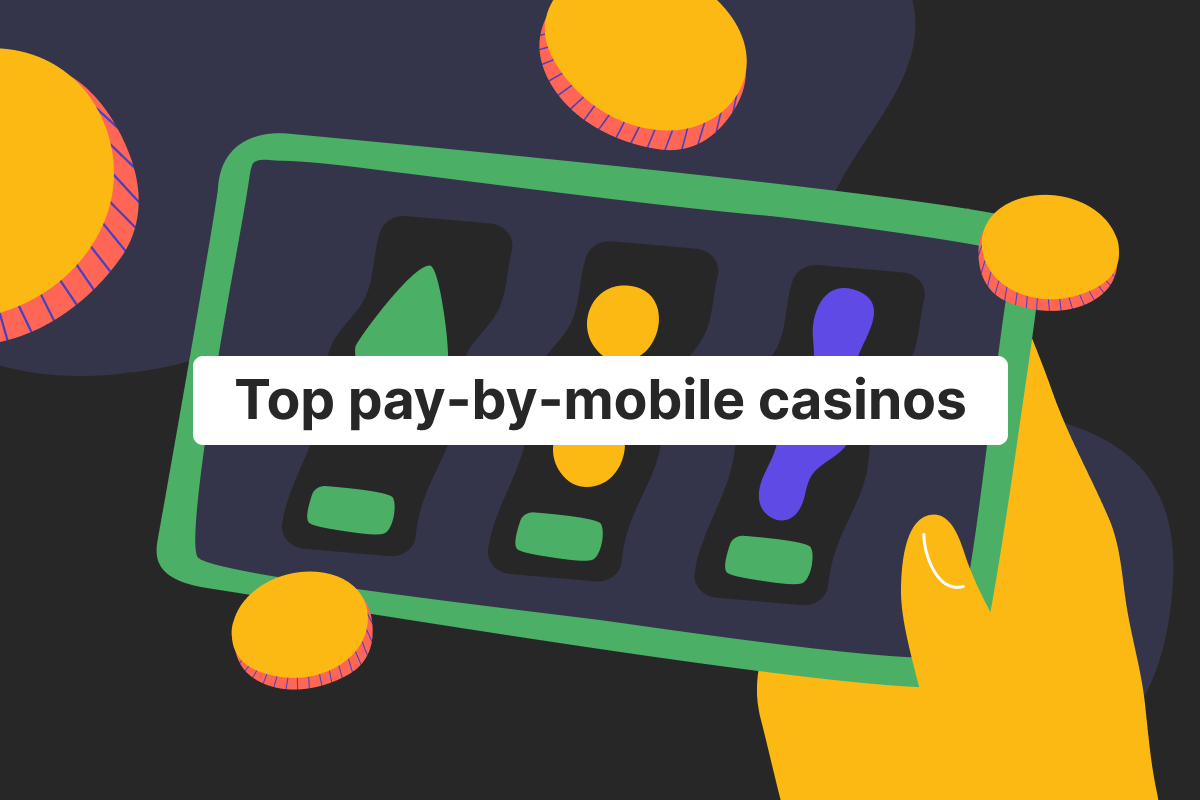Genome Blog / articles / Types of current accounts
Aug. 10, 2021
It’s hard to imagine a person that wouldn’t need a bank account in the 21st century. We all have bills to pay, purchases to make, and simply send or receive money from friends, relatives, business partners, etc. With a wide range of financial services providers available in the market, it’s easy to get lost and select the wrong provider that will make your financial experience a challenge.
That’s why today we’re talking about different types of current accounts – basic accounts for managing your everyday finances. We will provide a detailed description of each group of checking accounts as well as its advantages and disadvantages. All in all, it’s you who decides which one is best, especially when it comes to personal banking. But we’re offering all the tools and guidelines to make this choice effortless and painless.
Let’s have a closer look at how a current account looks and what you can do with it.
What are the features of current accounts
Current or checking bank accounts bring to the table just a huge number of different features. All financial providers are designing and improving their current account offers to lure more customers. The main goal of the best checking account is to propose an easy and user-friendly daily banking experience.
Of course, the range of features of your current account will vary from bank to bank.
- Among the basic functions that come with most types of checking accounts are all kinds of payments: incoming and outcoming transfers, direct debits, and standing orders.
- Mobile and Internet banking – you can do it from your smartphone and other smart devices (tablet, watch, etc.), computer, visit a branch, or even give them a call.
- Let’s now shift to cards: with most current accounts providers you can have both debit and credit bank cards (including physical and virtual options). You can use them for ATM cash withdrawals as well as online and in-store purchases.
- Currency exchange and overdraft facilities are also typical for checking accounts of all types. The interest rates are not stable though and will vary based on what kind of account you’re using and how much money you’re spending regularly.
This is the basic batch of services that explain the meaning of current accounts and are available with them.
What are current account benefits
While talking about the pros of current accounts, we must say, it all depends on the creativity and possibilities of your bank or banking society. Due to the development of financial technologies, more and more functions are becoming available to the vast majority of clients, so that you do not have to worry and stress over managing your finances. Just use your smartphone and instruct payments in a few clicks.
The most interesting and attractive offers for owners of checking accounts are:
- Different kinds of insurance packages (for traveling and your mobile phone, for example);
- Phone contracts;
- Discounts with third-party providers (at retail and leisure chains);
- Chargeback services;
- Protection from online fraud cover;
- Rewards (for instance, for exchanging a particular sum into another currency during a month);
- Access to airport lounges;
Fortunately or unfortunately, not all of them always come for free. On the contrary, most of these features are available only with paid or premium pricing plans.
We will now discover more about types of current bank accounts and what options banks have prepared for their clients. Here are some of the most common current accounts:
Basic
Almost everybody can open a checking account. Basic current accounts are for people who have/had financial issues and their credit history doesn’t look so attractive. Among these are students, unemployed, seniors, etc. Such accounts provide a basic package of services, including standing orders and direct debits. Overdrafts are often not available because of a low credit score.
Standard
These are designed for simple but regular money management daily. You have access to incoming and outgoing transfers (domestic and international ones), debit bank cards (physical and virtual), mobile and Internet banking. Overdraft facilities are usually available, but the sum you can borrow depends on your credit rating.
Premium
Such current accounts offer exclusive services at special prices plus regular offers. Yes, premium checking accounts are rarely free. If you choose one, you can receive numerous additional services and products that go far beyond regular banking. It can be breakdown cover, smart device insurance (including tablets or smartwatches), discounts, etc.
Business
Business current bank accounts have attractive features that are handy for company owners. With this account, you can use automated payments (direct debits and standing orders), checkbooks, debit cards, etc. Additionally, you can receive access to business training material and guides, faster international payments, discounts on currency exchange – it’s all up to your provider.
High interest
These checking accounts work best for people who keep and use large amounts of money. Thus, they will earn more if interests are higher than with standard checking accounts. Keep in mind that you may be required to have or deposit a certain sum every month so that increased interest rates are available to you. Some banks only offer beneficial interests for the first few months after opening a current account with them. With other financial providers, the rate of interest will fluctuate based on the sum in your account.
Student
Such checking accounts are targeted at those obtaining higher education. The majority of these young people are paying off student loans. Consequently, student current accounts have lower interest rates and larger overdraft facilities. What’s more, you can often get different discounts (for railway tickets or at retail outlets).
Graduate
Once you finish your studies, your student checking account automatically becomes a graduate account. The overdraft facility will be getting smaller with years as you get the job and have a regular income.
Managed
This account is also referred to as a dual or two-tier account. Such current accounts are created to prevent you from going overdraft. Once you receive salary or any other regular monthly payment, the sum needed to cover your bills is separated in a special slot or vault. After this, you can only use the money that is left.
Joint
They are made to be used by 2 and more people at the same time. Joint accounts are very common among couples and relatives who are sharing expenses. The responsibility for paying off debt or charges is also equally distributed between all the owners of the account. Otherwise, all of them have the same rights and access (instructing transfers, withdrawing cash, and so on). Find out more about joint accounts here.
Don’t waste your time and open a current account with Genome online. Provide the information for your personal or business account here and make use of all financial services available in no time. Get a user-friendly mobile application, low transfer fees, and advance merchant accounts for your business – it’s all about Genome.
What to look for when comparing current accounts
Without a doubt, you should first compare and contrast the offers available for a specific checking account. In other words, look for the features you will be using for sure and avoid those that you do not need.
Consider these crucial factors that can have a large impact on your decision:
- Transfers supported (SEPA, SWIFT, etc.);
- Fees (monthly pricing for account usage, transfer and cash withdrawal fees, overdraft charges, etc.);
- Banking (mobile and web applications, customer support, branches’ location);
- Interest rates on debit and credit balances (if applicable);
- Reviews of customer support;
Choosing the best current account for you
As you can see, there’s plenty of offers to pick up from and you gotta choose wisely. The choice of a checking account is totally up to you. First of all, focus on your financial issues and needs. Secondly, learn more about types of current bank accounts, what packages financial providers present, and what are their requirements.
If you’re a student or a small business owner, a student current account or a business checking account can be the best solution for you. The same goes for choosing between high-street banks or a newly-created fintech. There’s no wrong or right choice – there’s only a financial provider and its current account that will fit your needs best. Whether you’re making lots of international transfers or need to pay off your student loan – settle for the checking account with the suitable functionality and fees.
Which type of bank account is right for me
Once again, you will have to make this tough decision on your own. But don’t worry, it’s not forever. You’re not stuck with one bank and one checking account for your whole life. Conversely, you can open as many current accounts as possible and use all of them simultaneously.
Let’s say you had a student checking account with one provider but you’re a graduate now and found out about a great new fintech from a friend. You want to try banking with them and see what’s the hassle about all these fintechs.
Well, we’ve got great news for you – you can move from one bank to another and take your accounts with you. Figuratively speaking, of course. But you can really switch your current accounts with different providers, and let’s find out how to do this in the next paragraph of our blog post.
How do I switch my current account
Lucky for you, most banks nowadays will switch your current account to another provider, and it’s free of charge. Once you notify your bank about switching your checking accounts, they will also send a notice to your new provider. They will also move your account balance, salary, pension, as well as any direct debits or standing orders. Such transition usually takes a whole week and even more in some cases. You can also ask to make a switch on a particular date.
However, you should double-check if everything is done correctly and if your bank did not forget to change something when switching your current account. Don’t forget to send your new banking details to people who are sending you regular payments.
All in all, switching accounts has never been easier and more convenient. But if you forget to update your current account details, you will need to deal with the mess with wrongly instructed or canceled transfers and delays with your salary, for example.
FAQ:
What is a current account?
It’s a regular bank account for managing your day-to-day spendings. If you’re a checking account owner, you can make and receive different transfers (including automated standing orders and direct debits). Moreover, you can order debit or credit bank cards, do currency exchanges, and more.
What is a standard current account?
It’s the most common type of checking account that doesn’t have any special requirements or perks. If you’ve got no issues with your credit rate, you should be able to open a standard current account without any hassle.
Do I need to pay a certain amount into my current account?
This is only true for high-interest checking accounts, but every financial provider makes its own rules for such things. Be sure to double-check Terms and Conditions when opening a current account.
Can I have more than one current account?
Yes, the number of checking accounts is not limited. You can have a few of them with different banks. You can also have a current account with one bank and a savings or a joint account with another provider.





